Natural chemistry : academician Stephen Mann of University of Bristol: soft micro actuator of spiral hydrogel silk base
abstract
Artificial cell like communities participate in a variety of chemical interaction modes, but have little contact with the local environment. Recently, a team of Mei Li /Stephen Mann academician of University of Bristol has developed an interactive microsystem, which is based on the immobilization of a group of semi permeable protein bodies in spiral hydrogel threads to induce signal induced movement.
The team attached large single polynucleotide / peptide microcapsules at one or both ends of the helix like primitive cell filament to generate independent soft micro actuators that can sense and process chemical signals to perform mechanical work. Different translocation patterns are achieved through the synergistic or antagonistic enzyme reactions in the screw connector or the attached microcapsule load.
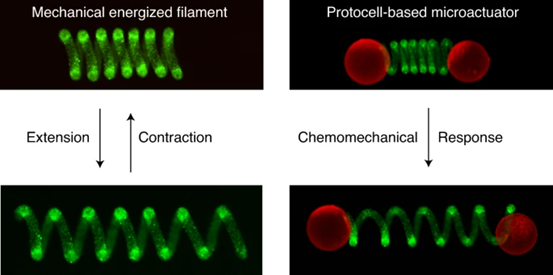
When the micro actuator is mounted on the ratchet like surface, the directional push-pull motion will be generated. This method opens up a way for primitive cell-based chemical systems that can utilize mechanical work, and takes a step for the engineering design of soft micro objects with higher level of operational autonomy. The related papers were published in nature chemistry with the title of chemical mediated relocation in procell based microactuators.
Microfluidic preparation of helical hydrogel embedded in primordial cells

Fig. 1: microfluidic preparation of spiral hydrogel threads embedded in primordial cells.
Protocell mediated energy release and helix extension
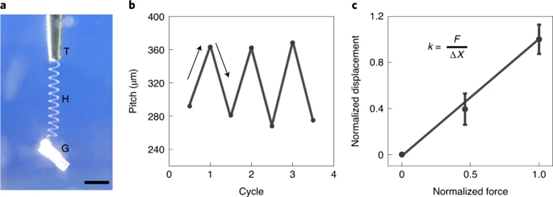
Figure 2: primordial cell mediated elastic behavior.
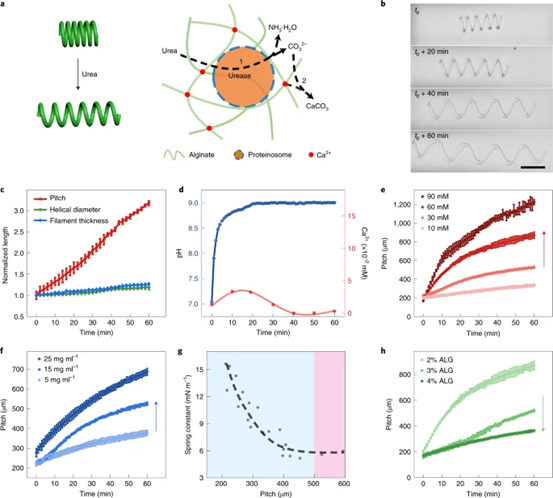
Fig. 3: energy release mediated by primitive cells and elongation of helical hydrogel filament.
Stretch helix contraction induced by primordial cells

Fig. 4: contraction of extended spiral hydrogel filament induced by primordial cells.
Determine the reversible elongation and contraction of the helix

Fig. 5: the reversible contraction of the helical helix hydrogel filament.
Enzyme mediated translocation in primordial cell based actuators
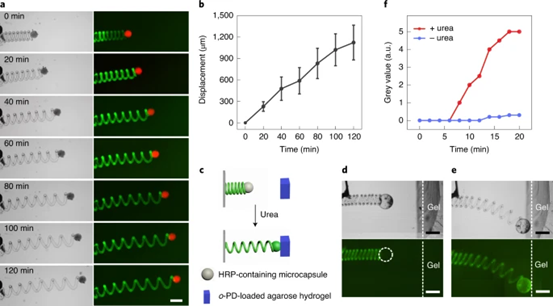
Figure 6: enzyme mediated translocation in primitive cell based microactuators.
Endogenous transport in independent, primitive cell based microactuators
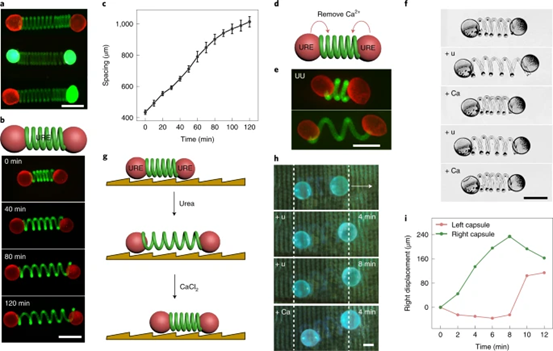
Figure 7: endogenous transport in primitive cell based microactuators.
Based on the above methods, the team constructed an integrated primitive cell operation system

Figure 8: counter transport mode in primitive cell based microactuators.
summary
The results show a way to design an interactive primitive cell network / environment system, which is a step forward for reversible chemomechanical motion using a fixed microreactor, and provides an opportunity for engineering and endogenous control of stimulus responsive soft micro materials.
This information is from the Internet for academic exchange only. If there is any infringement, please contact us to delete it immediately
+86-18915413828(WhatsApp&WeChat)
Previous: Where is the way to go


